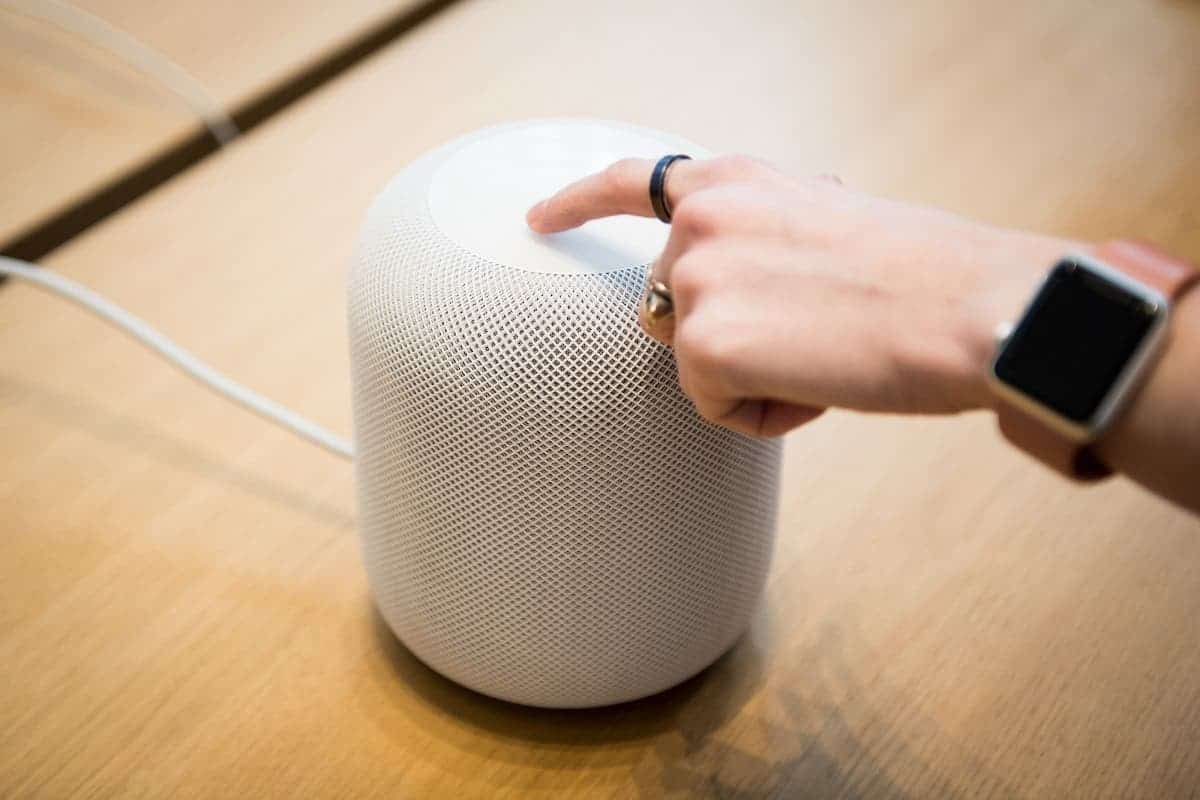Apple has recently classified the iPhone X, the first-generation HomePod, and the first-generation AirPods as “obsolete products.” According to Apple’s classification standards, products discontinued for more than five years but less than seven years are deemed “obsolete.” This designation means that Apple stores and authorized service providers will continue to offer repair services for these products for up to two years, provided there is a sufficient supply of parts. This article delves into the significance of these products, their innovative features, and their impact on the market.
The iPhone X: A Revolutionary Leap
Look and Show
The iPhone X, out on September 12, 2017, and in stores on November 3 the same year, marked a big step in Apple’s phone tale. Honoring the iPhone’s 10th birthday, the iPhone X made big shifts that changed how users felt. The big shift was getting rid of the Home button, making a full-screen design. The 5.8-inch Super Retina OLED show was a first for Apple, giving bright colors and deep black, which made the show pop.

Face ID and TrueDepth Cam
One top thing about the iPhone X was its Face ID. This face finding tool took the place of the Touch ID thumb scanner, making it safer and smoother to unlock the phone and check things. The TrueDepth cam that made Face ID also let Animoji come to life. These face-like emojis copy the user’s face moves, making chats more fun and real.
Speed and Wire-Free Charge
The iPhone X got the A11 Bionic chip, Apple’s first chip with a mind part. This tech gave the phone’s machine learning skills a big boost, helping everything from pics to AR things. Plus, the iPhone X got wireless charging first, going with the flow for easier charging. The phone’s steel and glass look gave it a high-end feel, making it a top pick.
Design and Display
The iPhone X, released on September 12, 2017, and officially launched on November 3 of the same year, marked a significant milestone in Apple’s smartphone history. Celebrating the 10th anniversary of the iPhone, the iPhone X introduced groundbreaking changes that redefined the user experience. The most noticeable change was the removal of the physical Home button, paving the way for a full-screen design. This 5.8-inch Super Retina OLED display was a first for Apple, offering vibrant colors and deep blacks, enhancing the visual experience.
HomePod: High-Quality Audio and Smart Integration
Top Sound
The first-gen HomePod, out at the WWDC meet on June 5, 2017, and in stores on February 9, 2018, was set to give top sound. It cost $299 at first, looking to stand up to other high-end smart speakers. It featured a customized high-excursion subwoofer and a seven-unit beamforming tweeter array, creating rich, immersive sound. The Apple A8 chip powered real-time acoustic modeling, audio beamforming, and multi-channel echo cancellation, ensuring that the HomePod adapted to its surroundings to produce optimal sound quality.
Gizchina News of the week

Link to Apple Life
Deep integration with Apple’s ecosystem was a standout feature of the HomePod. It seamlessly connected with Apple Music and AirPlay, allowing users to stream their favorite tracks with ease. The built-in Siri voice assistant enabled hands-free control of music playback, smart home devices, and access to information and services through voice commands. This integration made the HomePod not just a speaker but a central hub for managing a smart home environment.
AirPods: Redefining Wireless Audio
Seamless Connectivity and Convenience
The first-generation AirPods, released on September 7, 2016, and launched on December 13, set a new standard for wireless headphones. Priced at 1,288 yuan, these earbuds were revolutionary in their seamless integration with Apple devices. The custom W1 chip facilitated easy pairing, long battery life, and efficient wireless connectivity, making the user experience smooth and hassle-free.

Innovative Features
AirPods were equipped with optical sensors and motion accelerometers, enabling them to detect when they were in the user’s ears. This feature allowed for automatic pausing of playback when the AirPods were removed, adding a layer of convenience. The portable charging case, which provided additional battery life, made the AirPods an ideal choice for users on the go. Their unique and compact design quickly made them popular, influencing the market and setting a trend for wireless earbuds.
The Obsolete Classification and Its Implications
Understanding the “Obsolete” Label
Apple’s classification of the iPhone X, HomePod, and AirPods as “obsolete products” reflects their importance and continued relevance. According to Apple’s standards, products discontinued for more than five but less than seven years fall into this category. While Apple stores and authorized service providers will offer repair services for these products for up to two years, this is contingent upon the availability of parts.
The Next Stage: “Discontinued Products”
After the “obsolete” phase, products move to the “discontinued” category once they have been out of production for over seven years. At this point, Apple and its service providers cease offering repairs and other hardware services. This transition marks the end of official support, encouraging users to upgrade to newer models.
Conclusion
The classification of the iPhone X, the first-generation HomePod, and the first-generation AirPods as “obsolete products” shows their lasting impact on the tech landscape. Each of these products introduced significant innovations that shaped user experiences and set industry trends.They also changed how we see things and set new ways in tech. While they are now considered vintage, their legacy continues to influence Apple’s design and functionality choices. As these products transition through Apple’s classification system, they remain a testament to the company’s commitment to innovation and quality.





